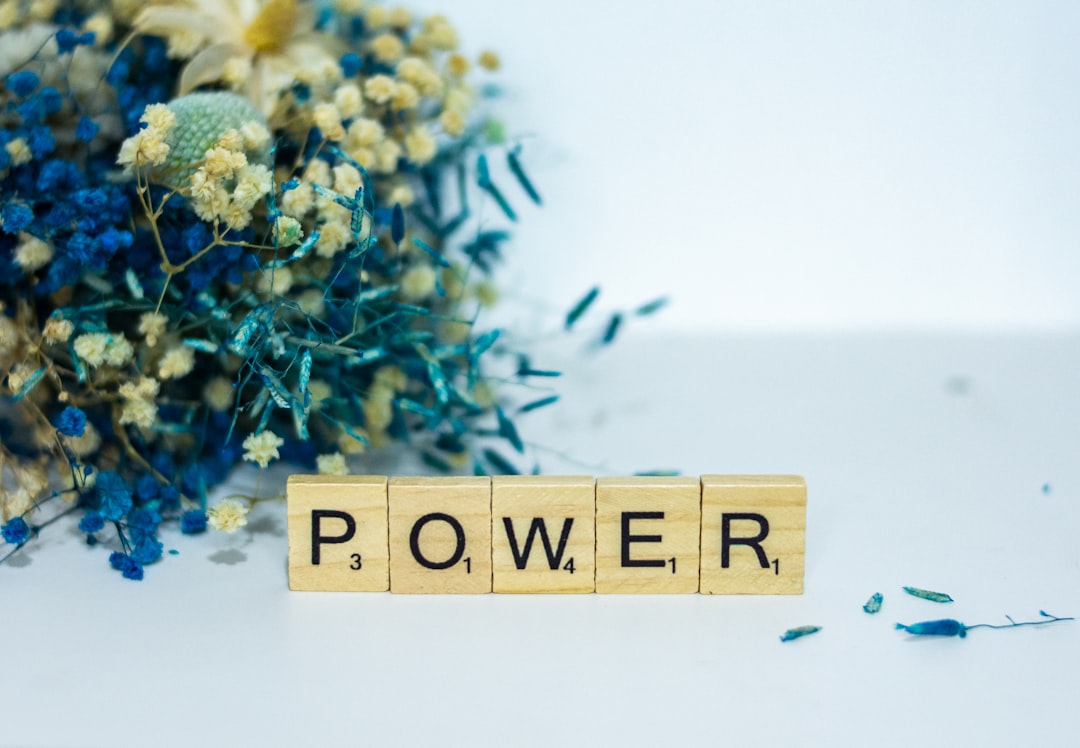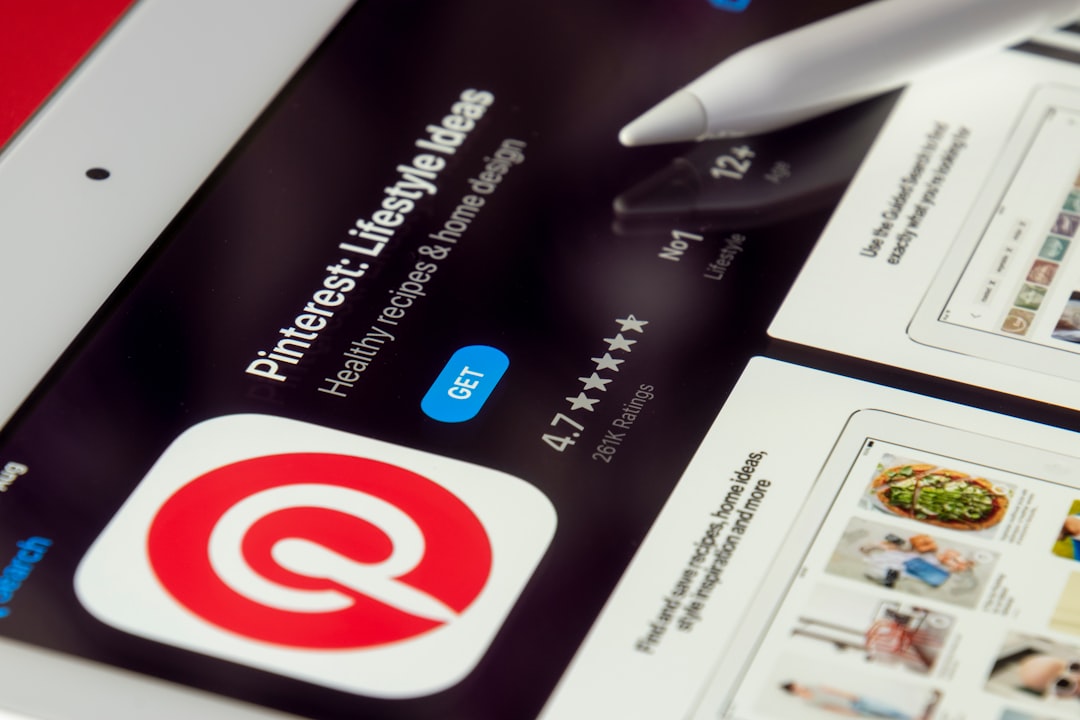Pinterest has become one of the world’s premier platforms for sharing creative ideas, visual content, and inspiration. With millions of users and billions of pins, it’s crucial for accounts to follow community guidelines to maintain the integrity of the platform. However, sometimes accounts get suspended or content is removed, often leaving users confused and frustrated. One term that often appears during this process is “Reinstated.” But what does that mean on Pinterest, and how does it affect users and their accounts?
TL;DR
“Reinstated” on Pinterest refers to an account or pin that was previously suspended or removed but has now been restored following a successful appeal or review. It typically means Pinterest has reviewed the case and decided the original decision to suspend or remove was incorrect or has been reversed. This gives users back access to their content or account, often with a warning to avoid future violations. Understanding why reinstatements happen can help prevent future issues and ensure a smoother experience on the platform.
Understanding the Context of “Reinstated” on Pinterest
On Pinterest, the term “reinstated” is commonly used in two primary contexts:
- When a user’s account was suspended or deactivated but has now been restored.
- When a specific pin or piece of content that was taken down has been returned after review.
This process is usually the result of an action taken by Pinterest’s moderation team, based on violations of community guidelines or due to a mistaken flagging by users or automated systems.
Why a Pinterest Account Might Be Suspended
Before diving into reinstatements, it’s important to understand why Pinterest might suspend an account in the first place. Here are some common reasons:
- Violation of Community Guidelines: Sharing prohibited content such as explicit material, misinformation, or hate speech.
- Use of Spam Tactics: Repetitive pinning or using bots to increase visibility artificially.
- Copyright Infringement: Sharing content without appropriate permission or attribution.
- Account Compromise: If Pinterest believes an account was hacked or being misused, a suspension may be enforced for security reasons.
Once an account is suspended, the account holder usually receives an email or notification with general details about the issue. At this point, they can file an appeal if they believe the suspension was in error.
How the Reinstatement Process Works
If users feel that their account or content was wrongfully suspended or removed, Pinterest allows them to appeal. Here’s how the reinstatement process typically unfolds:
- The user receives a notification of suspension or content removal.
- An appeal is filed by contacting Pinterest support or filling out a specific form.
- Pinterest’s moderation team reviews the case, which can take a few days.
- If the findings support the user, the account or content will be reinstated.
This reinstatement is usually accompanied by a confirmation message or email stating that the issue has been resolved and access has been restored.

What Happens After Reinstatement
Once an account or pin has been reinstated, the user typically regains full functionality of the platform. However, there are several things to keep in mind:
- Potential Warnings: Pinterest may add a warning to a user’s account if any type of misconduct was suspected, even if it didn’t result in a permanent suspension.
- Monitoring Period: Reinstated accounts might be monitored more closely for a short time to ensure compliance with Pinterest’s rules.
- Loss of Data: In some rare cases, data like followers or visibility metrics might not fully return to pre-suspension levels.
Users are encouraged to familiarize themselves with Pinterest’s Community Guidelines to avoid future issues.
Common Issues Leading to Appeals and Reinstatements
Many reinstated accounts and content were initially flagged for reasons that, upon closer inspection, turned out to be misunderstandings. These are the most common reasons why reinstated cases occur:
- Misclassification by AI: Pinterest uses automated tools to flag potential violations, which can sometimes make mistakes.
- Mass Reporting: If many users report the same account or pin, the system may automatically suspend it pending review.
- Copyright Confusion: Sometimes the original content creator fails to add proper attribution, which leads to a takedown request that later gets resolved.
Additionally, Pinterest emphasizes educating users rather than punishing them outright, especially if the violation wasn’t intentional.
Examples of Reinstatement Scenarios
To understand the concept more clearly, here are some real-world-like reinstatement scenarios that Pinterest users might encounter:
- Example 1 – Personal Blogger: A wellness blogger had her account suspended for “spammy” pinning practices. She appealed, explaining her real-time posting strategy, and Pinterest reinstated her account.
- Example 2 – Art Portfolio: A digital artist posted original sketches that were mistaken for copyrighted content. The original files proved ownership, and the post was reinstated.
- Example 3 – Business Page: An Etsy shop’s Pinterest page was disabled after bots flagged it as suspicious. After identity verification, the account was reinstated within 48 hours.

How to Prevent Future Suspensions
Once an account or pin has been reinstated, it’s important to remain in good standing with Pinterest. Here are some tips to help users maintain a healthy account:
- Read and Follow Community Guidelines: Always stay updated with Pinterest’s latest policies regarding content, behavior, and interaction.
- Avoid Automation Tools: Use only approved tools and avoid third-party bots that could be flagged as spam.
- Attribute Sources: Always give credit where it’s due when sharing content that’s not your own.
- Engage Thoughtfully: Keep engagement meaningful and avoid excessive repetitive posting or linking to low-quality sites.
By taking a proactive approach, users can significantly reduce the likelihood of needing another appeal or reinstatement in the future.
Final Thoughts
The term “reinstated” on Pinterest signifies a kind of second chance. Whether it applies to an entire account or just a single post, it indicates that an initial judgment was reviewed and found to be wrong or overly harsh. While receiving a suspension can be stressful, the process of reinstatement reflects Pinterest’s commitment to fairness and transparency for its user base. Users who take the time to understand the causes behind suspensions—and how to avoid them—are far more likely to have a positive and uninterrupted experience on the platform.
FAQ: “Reinstated” on Pinterest
- What does “reinstated” mean on Pinterest?
- It means a previously suspended account or removed content has been restored after a review or appeal.
- How long does it take to get reinstated on Pinterest?
- It typically takes between 24 to 72 hours for Pinterest to review and respond to appeals, though some cases may take longer.
- Can a suspended Pinterest account be reinstated more than once?
- Yes, but repeated violations or multiple suspensions may result in permanent bans with little chance of reinstatement.
- What should I do after my account is reinstated?
- Review all account activities, avoid violating guidelines, and keep communication lines open with Pinterest support if needed.
- Does reinstatement restore all my pins and followers?
- In most cases, yes. However, some users report partial losses in visibility or followers post-reinstatement.
